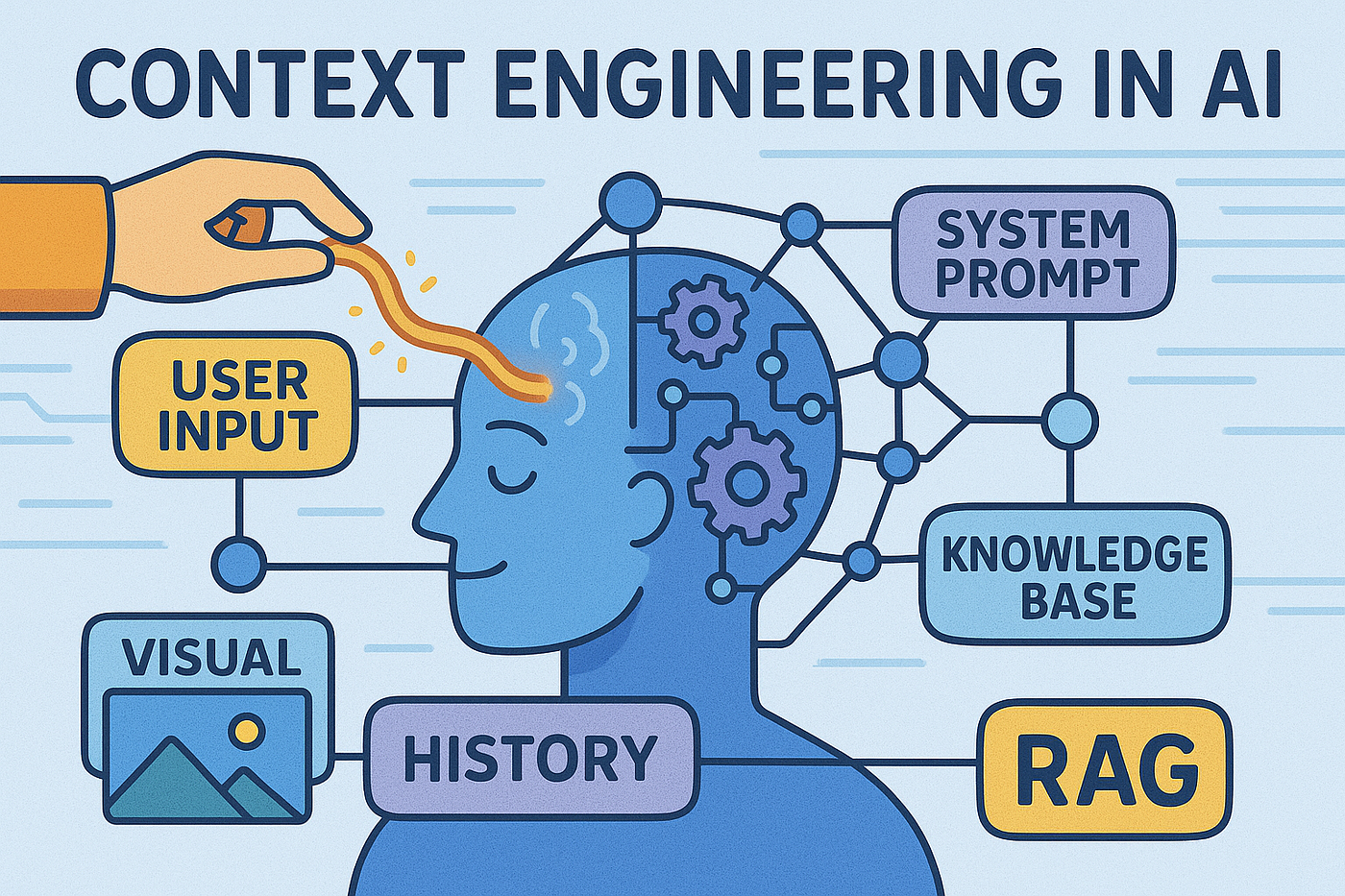
Introduction: Why Context Changes Everything
Have you ever asked ChatGPT a question and felt the answer was kind of right… but not quite what you needed? Most of the time, the issue isn’t the AI itself—it’s the lack of context in your prompt.
Think of context as the difference between asking a stranger, “What should I do today?” and asking a personal coach, “I’m launching a product in two weeks—what should I focus on today to maximize visibility?” The second question is sharper, targeted, and much easier for the AI to deliver on.
In this guide, we’ll take a closer look at prompt engineering basics, with a deep dive into why context matters, how to apply it strategically, and how tools like My Magic Prompt can make building smarter prompts effortless.
What Do We Mean by “Context” in AI Prompts?

Context provides clarity, direction, and constraints that guide AI toward more useful answers. Without it, prompts are vague and AI has to “guess” what you mean.
Context can include:
- Role: Who the AI should “act” as (e.g., teacher, marketer, analyst).
- Task: The specific job you need completed.
- Inputs: Data, background info, or examples.
- Constraints: Word count, format, tone, or structure.
- Audience: Who the content is for (students, executives, developers, etc.).
Why Context Is a Core Part of Prompt Engineering Basics
- Reduces ambiguity → AI spends less time guessing.
- Improves relevance → Answers are tailored to your situation.
- Boosts efficiency → Fewer iterations needed.
- Enables consistency → Outputs align across multiple sessions.
According to OpenAI’s Prompt Engineering Guide, structured context is one of the fastest ways to elevate AI performance from “generic” to “specialized.”
Practical Frameworks for Adding Context
1. The “R-T-I-C” Framework
Break down prompts into:
- Role: “You are a SaaS content strategist.”
- Task: “Create a blog outline.”
- Inputs: “Topic: AI in productivity tools.”
- Constraints: “Keep it under 800 words, friendly tone.”
2. Context Stacking
For complex tasks, add layers of context step by step:
- Assign a role → “You are a market researcher.”
- Provide task → “Analyze this customer survey.”
- Add constraints → “Summarize into 3 key insights.”
- Refine → “Translate those insights into product launch ideas.”
3. Iterative Refinement
Context doesn’t have to be perfect on the first try. Instead:
- Draft a starting prompt.
- Analyze the result.
- Add missing context (tone, examples, audience).
- Re-run until satisfied.
This process mirrors the iterative workflow features inside My Magic Prompt, where you can adjust and save variations without losing progress.

How My Magic Prompt Simplifies Context-Driven Prompting
Instead of manually retyping every prompt, My Magic Prompt helps you:
- 🛠 Use the Prompt Builder to structure role, task, inputs, and constraints.
- 📚 Browse Prompt Templates designed for marketing, sales, research, and productivity.
- ⚡ Organize and reuse your best prompts with the AI Toolkit.
👉 Install the Magic Prompt Chrome Extension to add context-friendly prompting right inside your workflow.
FAQ: Context in Prompt Engineering
1. Why does context matter in AI prompts?
It ensures the AI has enough information to generate relevant and accurate outputs.
2. What’s the difference between context and instructions?
Instructions tell the AI what to do; context gives the background and constraints that shape how it responds.
3. Can too much context overwhelm the AI?
Yes. Overloading with unnecessary detail can confuse outputs. Aim for clarity and relevance.
4. How can I reuse well-structured prompts?
With My Magic Prompt, you can save, organize, and refine your best-performing prompts.
5. Where can I learn more about AI prompting techniques?
Check out Harvard Business Review’s insights on AI productivity for a business-focused perspective.
Conclusion: Context Is the Shortcut to Smarter Prompts
If you want reliable, high-quality AI results, mastering prompt engineering basics means getting serious about context. Whether you’re writing for a blog, drafting emails, or planning product launches, context transforms your prompts from vague to powerful.
Ready to stop guessing and start scaling? Explore My Magic Prompt to see how structured prompt building can save you time, energy, and endless trial-and-error.

